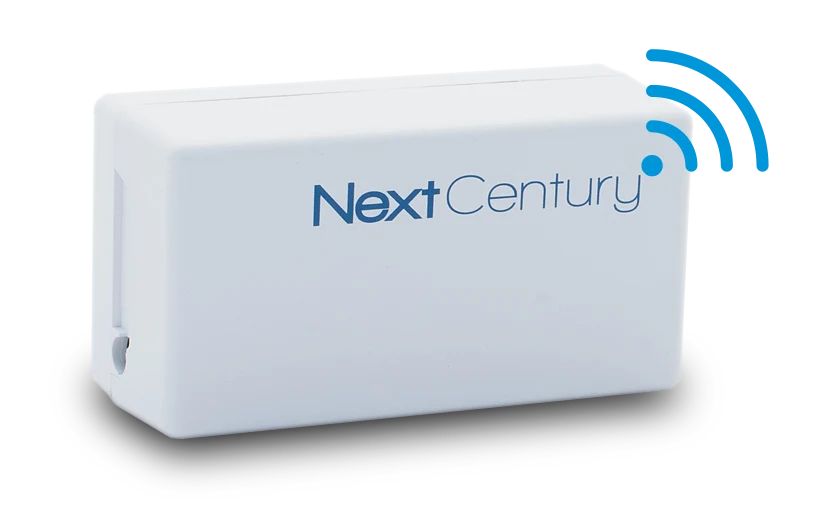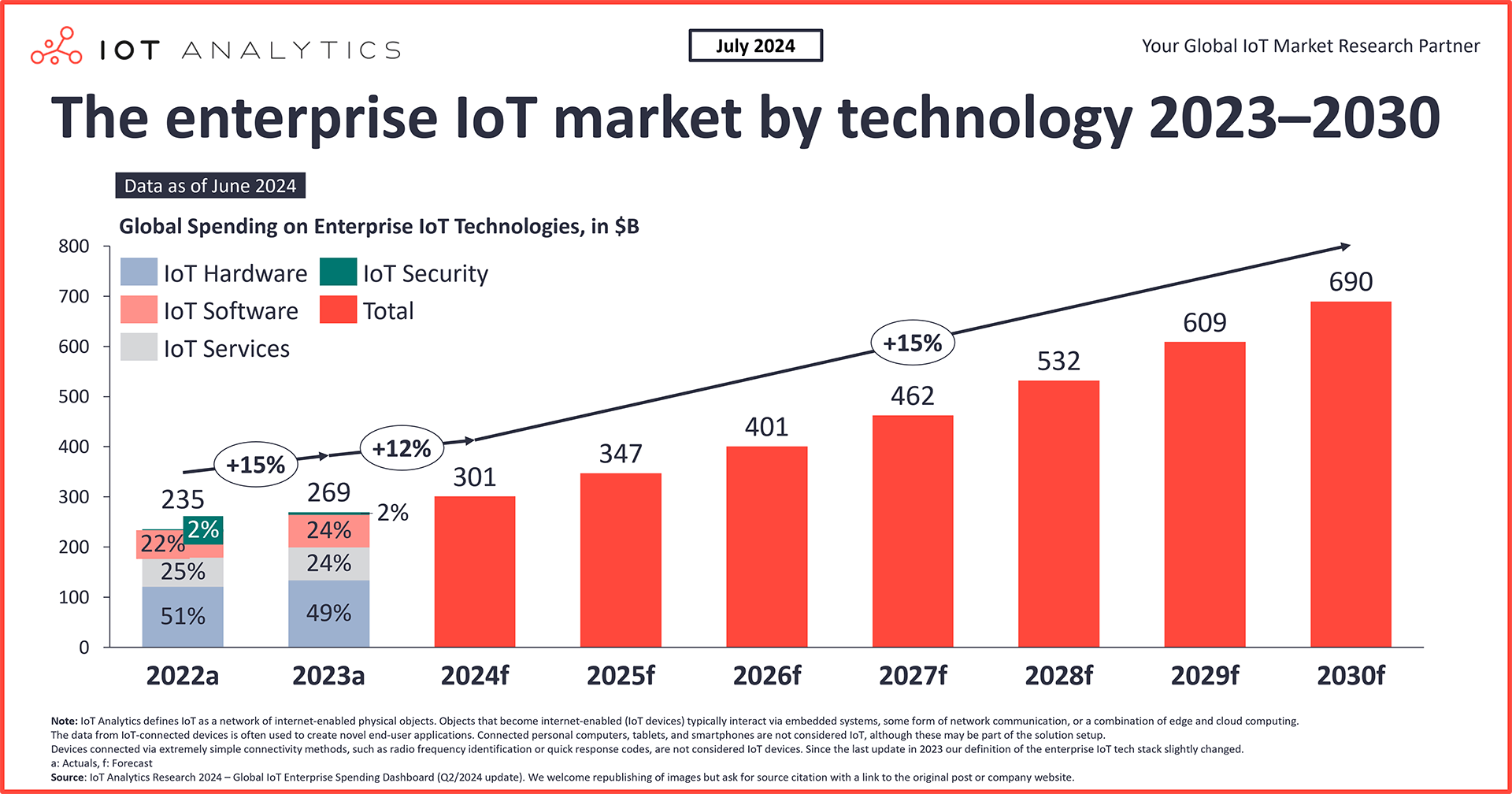Wireless Tech
ATI Energy promotes submetering, energy controls, and management systems that leverage the latest in wireless technology. Wi-Fi 6, 5G, and LoRa WAN are key technologies driving the evolution of IoT, each operating on different frequency spectrums and thriving in specific design applications.
These technologies bring significant benefits across various sectors. In real estate, Wi-Fi 6 enhances connectivity for smart building management and tenant convenience, while 5G supports advanced security systems and predictive maintenance. LoRa WAN enables efficient energy management and utility monitoring through long-range, low-power sensors. For tenants, these technologies offer increased comfort, cost savings, and safety through automated systems and real-time alerts. Overall, the integration of Wi-Fi 6, 5G, and Lora WAN is driving improvements in efficiency, security, and convenience across commercial and multi-family real estate, energy management, and utilities.

Wireless Platforms

Wifi 6
Wi-Fi 6 (802.11ax) is the latest standard in wireless networking, offering faster speeds, increased capacity, and reduced latency. It is designed to perform well in high-density environments such as offices, stadiums, and public spaces. Wi-Fi 6 will enhance our everyday internet experience by supporting more devices simultaneously and providing more reliable connections, which is crucial as the number of connected devices in homes and workplaces continues to grow.

5G
5G is the next generation of mobile networks, promising ultra-fast speeds, low latency, and the ability to connect a massive number of devices. It will revolutionize various sectors, including healthcare, transportation, and entertainment. For instance, 5G will enable real-time remote surgeries, autonomous vehicles, and immersive augmented reality experiences. Its high-speed connectivity will also support the growing demand for data and the proliferation of IoT devices.

Unlicensed Frequencies
The 902-928 MHz unlicensed band is a frequency range regulated by the FCC in the United States. This band is part of the Industrial, Scientific, and Medical (ISM) bands and is widely used for various applications due to its favorable propagation characteristics and the ability to operate without a license.

LoRaWan
LoRa WAN (Long Range Wide Area Network) is a network protocol designed for low-power, long-range communication, making it ideal for IoT applications. It uses a star-of-stars topology to relay messages between end-devices and a central network server, ensuring efficient data transmission over large distances. Operating in different frequency bands depending on the region, LoRa WAN offers robust security with two layers of encryption. It’s widely used in smart cities, agriculture, and industrial IoT for applications like smart street lighting, precision farming, and equipment monitoring. Key considerations include evaluating coverage needs, optimizing power consumption, leveraging security features, ensuring integration with existing systems, and planning for future scalability.

Licensed Frequencies
Licensed frequencies for IoT (Internet of Things) applications are regulated by government agencies like the FCC in the United States. These frequencies are allocated to ensure reliable and interference-free communication for various IoT devices and services. As a license frequency the license holder have the rights to their spectrum, reducing the interference and improving performance. These frequencies are widely with critical infrastructure applications.
Wireless Key Components
In the world of wireless communication, several key components work together to ensure data is transmitted, received, and processed efficiently. Understanding how these components or “devices” work together to communicate, move data and execute commands starts with understanding the role they play in a wireless network.
Concentrators
Function: Concentrators aggregate data from multiple sources and transmit it to a central point.
Role: Often used in data collection systems, they gather information from various sensors or devices and send it to a central server for processing.
Transmitters
Function: Transmitters convert information (like voice, data, or video) into electromagnetic waves for transmission.
Role: They are crucial for sending signals over distances, whether through cables, wireless signals, or radio waves.
Transceivers
Function: Transceivers combine the functions of a transmitter and a receiver in a single device.
Role: They enable two-way communication by both sending and receiving signals, commonly used in radios and wireless communication devices.

Gateways
Function: Gateways act as a bridge between different networks, translating protocols and data formats.
Role: They enable communication between devices on different networks, such as connecting IoT devices to the internet.
Network Servers
Function: Network servers manage network resources and provide services to clients.
Role: They handle tasks like data storage, processing, and routing, ensuring efficient network operation and resource allocation.
Repeaters
Function: Repeaters receive and amplify signals to extend their range.
Role: They are used to regenerate and boost signals that have weakened over long distances, ensuring they reach their destination without significant loss.
Application Servers
Function: Application servers host and run applications, providing services to end-users.
Role: They execute business logic, manage application data, and deliver content to users, often interfacing with databases and other backend systems.
These components work together to create a robust and efficient wireless communication system, each playing a crucial role in ensuring data is transmitted, received, and processed effectively.
ATI Energy
Our Company
ATI Energy Group
We are a technology-enabled energy service company offering a comprehensive suite of services and SaaS applications designed to reduce energy and utility costs, maintenance expenses, and the time spent managing energy expenses
Commitment
To Our Clients
- Focus on economically achievable energy efficiency.
- Ensure timely development and delivery of projects and services.
- Transparency and accountability through structured analytics to enhance financial and mechanical performance.
Commitment
To the Environment
- Respect the environment
- Reduce Carbon footprint
- Eco-friendly Product Design & Services
Contact Us
Business Hours
Monday thru Friday: 7:30 AM to 6:00 PM EST
Corporate Office
PO Box 180
Goshen, IN 46527
